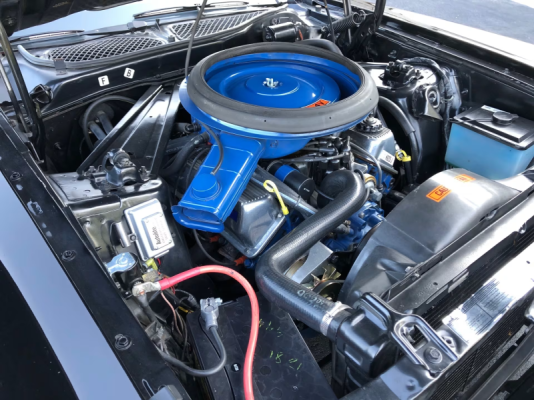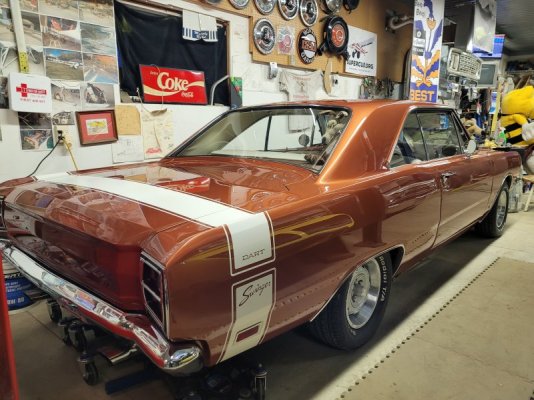You are using an out of date browser. It may not display this or other websites correctly.
You should upgrade or use an alternative browser.
You should upgrade or use an alternative browser.
Random picture thread
- Thread starter HEMI-ITIS
- Start date
- Local time
- 8:00 AM
- Joined
- Apr 23, 2023
- Messages
- 1,751
- Reaction score
- 7,100
- Location
- Brush Prairie, WA
- Local time
- 4:00 PM
- Joined
- Apr 7, 2021
- Messages
- 1,509
- Reaction score
- 6,999
- Location
- Principality of Sealand
"perfect randomness" is a bit of an oxymoron imho. I do not pretend to understand all of this, but I maintain that if we had enough information, we would see that basically nothing is random, but predictable and follows a design.Quantum field theory suggests that electromagnetic fields naturally fluctuate, and these fluctuations can be harnessed as a source of perfect randomness. Many potential applications of randomness rely on controllable probability distributions. We show that vacuum-level bias fields injected into multistable optical systems enable a controllable source of quantum randomness, and we demonstrated this concept in an optical parametric oscillator (OPO). By injecting bias pulses with less than one photon on average, we controlled the probabilities of the two possible OPO output states. The potential of our approach for sensing sub–photon-level fields was demonstrated by reconstructing the temporal shape of fields below the single-photon level. Our results provide a platform to study quantum dynamics in nonlinear driven-dissipative systems and point toward applications in probabilistic computing and weak field sensing.
https://www.science.org/doi/10.1126/science.adh4920
But what do i know?
- Local time
- 10:00 AM
- Joined
- Sep 17, 2021
- Messages
- 11,998
- Reaction score
- 80,316
- Location
- central Illinois
Quantum field theory suggests that electromagnetic fields naturally fluctuate, and these fluctuations can be harnessed as a source of perfect randomness. Many potential applications of randomness rely on controllable probability distributions. We show that vacuum-level bias fields injected into multistable optical systems enable a controllable source of quantum randomness, and we demonstrated this concept in an optical parametric oscillator (OPO). By injecting bias pulses with less than one photon on average, we controlled the probabilities of the two possible OPO output states. The potential of our approach for sensing sub–photon-level fields was demonstrated by reconstructing the temporal shape of fields below the single-photon level. Our results provide a platform to study quantum dynamics in nonlinear driven-dissipative systems and point toward applications in probabilistic computing and weak field sensing.
https://www.science.org/doi/10.1126/science.adh4920
Fred Sanford needs translation of cop-speak . . .
https://www.xtool.com/products/xtoo...SfBymH1DMo8mY0XMF2sbvEYK-HcjSgIRoCGxUQAvD_BwE
I have one and its awesome!I don't think you could do that with a laser on metal, but I may be wrong.
padam
Well-Known Member
It will e
We have a laser at work and I have trouble getting it to engrave a bar code properly.
It will engrave in steel like that?https://www.xtool.com/products/xtoo...SfBymH1DMo8mY0XMF2sbvEYK-HcjSgIRoCGxUQAvD_BwE
I have one and it’s awesome!
We have a laser at work and I have trouble getting it to engrave a bar code properly.
- Local time
- 11:00 AM
- Joined
- Jan 29, 2018
- Messages
- 23,879
- Reaction score
- 88,696
- Location
- Midland Ontario, Canada
Similar threads
- Replies
- 135
- Views
- 5K
- Replies
- 12
- Views
- 466
- Replies
- 1
- Views
- 568















































